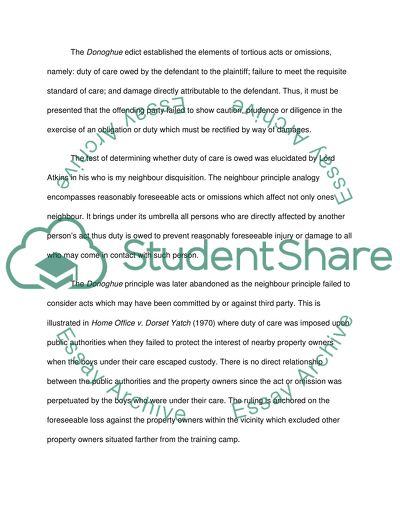Cite this document
(“Law of Negligence: Compensation for Physical Injuries, Damages and Coursework”, n.d.)
Law of Negligence: Compensation for Physical Injuries, Damages and Coursework. Retrieved from https://studentshare.org/law/1437187-law-of-negligence-compensation-for-physical-injuries-damages-and-purely-economic-losses
Law of Negligence: Compensation for Physical Injuries, Damages and Coursework. Retrieved from https://studentshare.org/law/1437187-law-of-negligence-compensation-for-physical-injuries-damages-and-purely-economic-losses
(Law of Negligence: Compensation for Physical Injuries, Damages and Coursework)
Law of Negligence: Compensation for Physical Injuries, Damages and Coursework. https://studentshare.org/law/1437187-law-of-negligence-compensation-for-physical-injuries-damages-and-purely-economic-losses.
Law of Negligence: Compensation for Physical Injuries, Damages and Coursework. https://studentshare.org/law/1437187-law-of-negligence-compensation-for-physical-injuries-damages-and-purely-economic-losses.
“Law of Negligence: Compensation for Physical Injuries, Damages and Coursework”, n.d. https://studentshare.org/law/1437187-law-of-negligence-compensation-for-physical-injuries-damages-and-purely-economic-losses.


